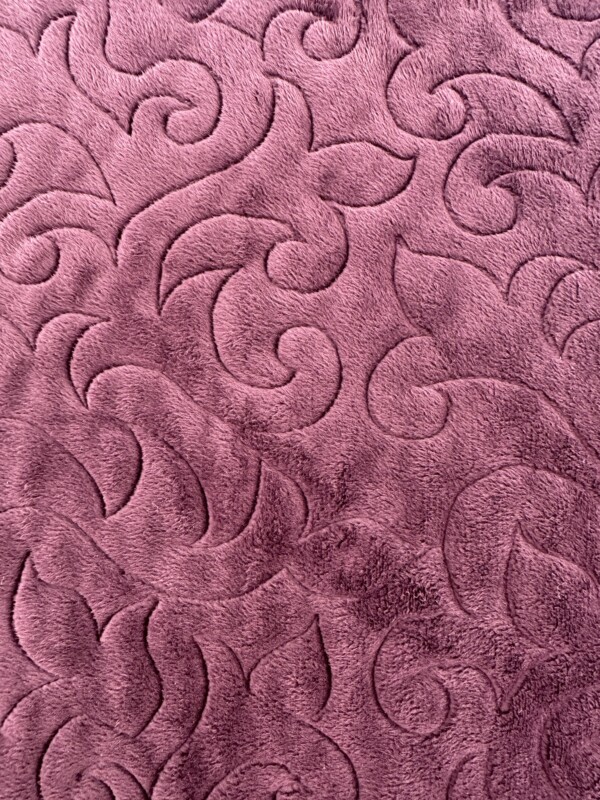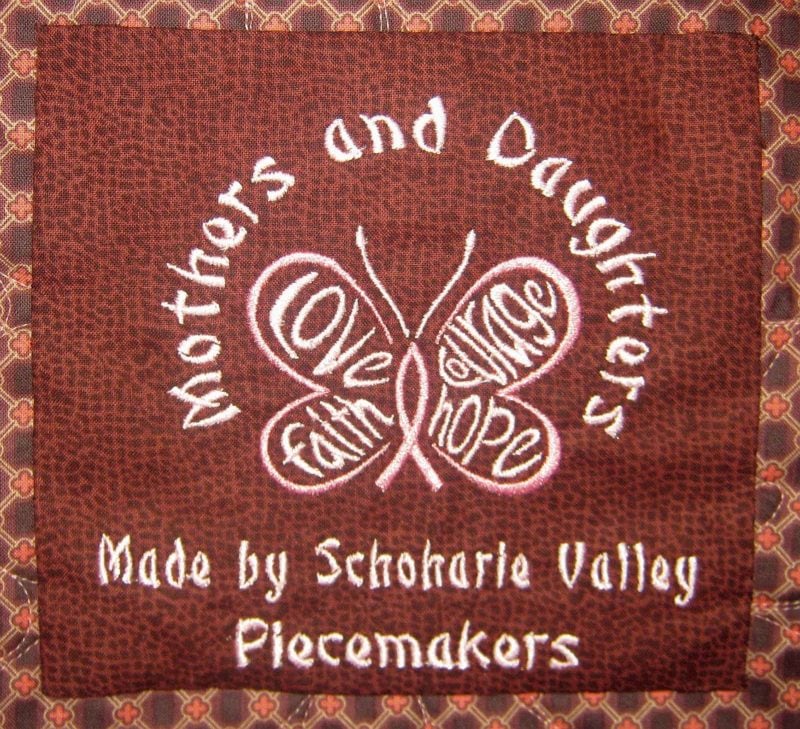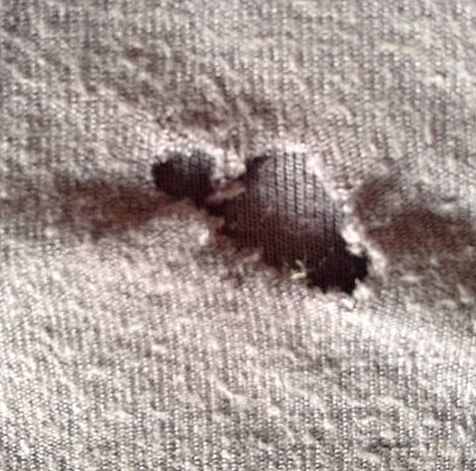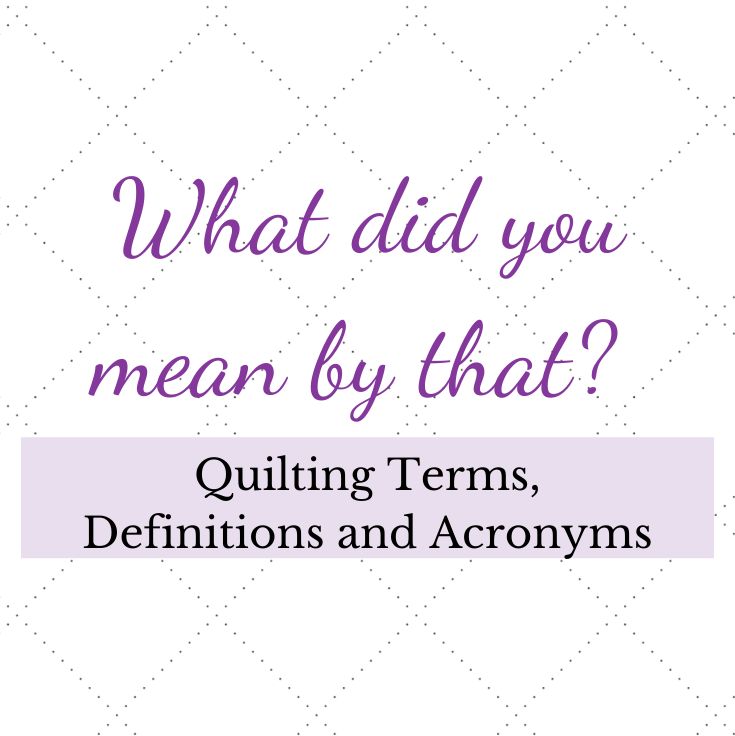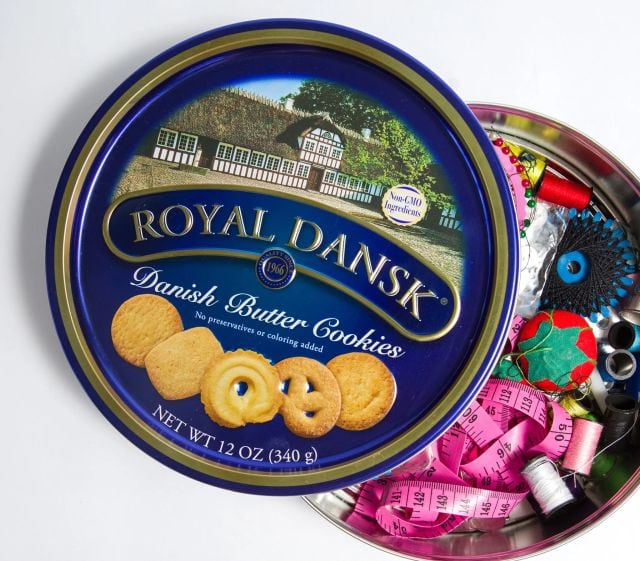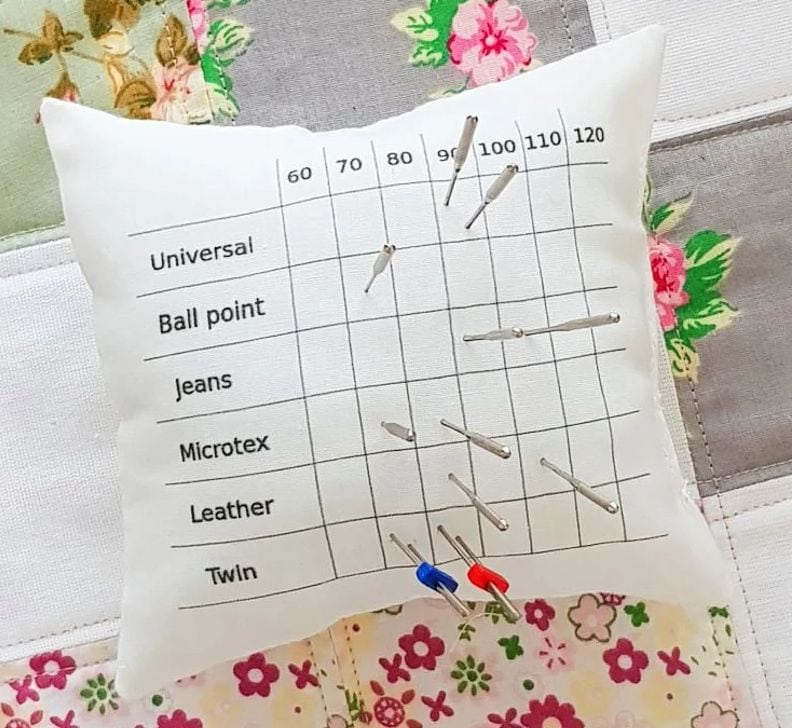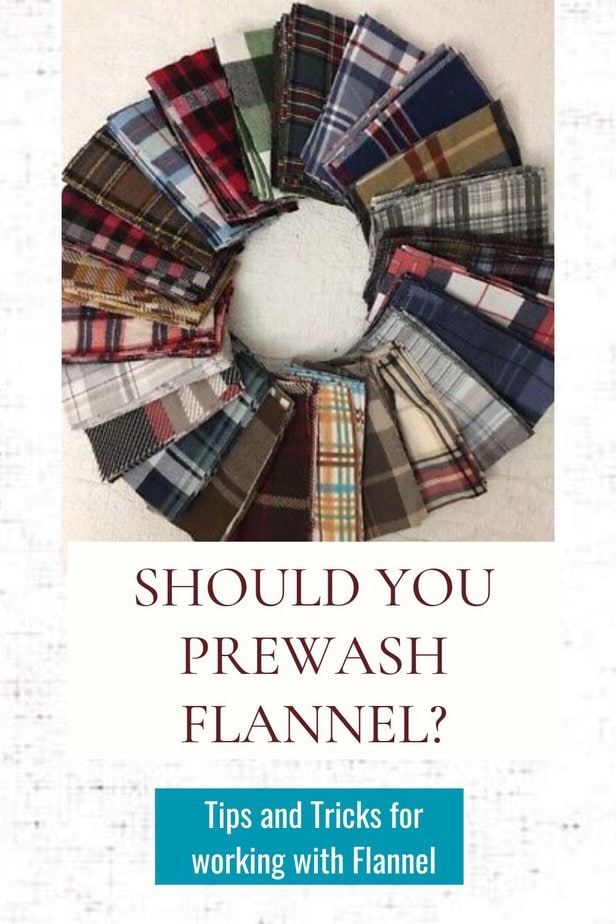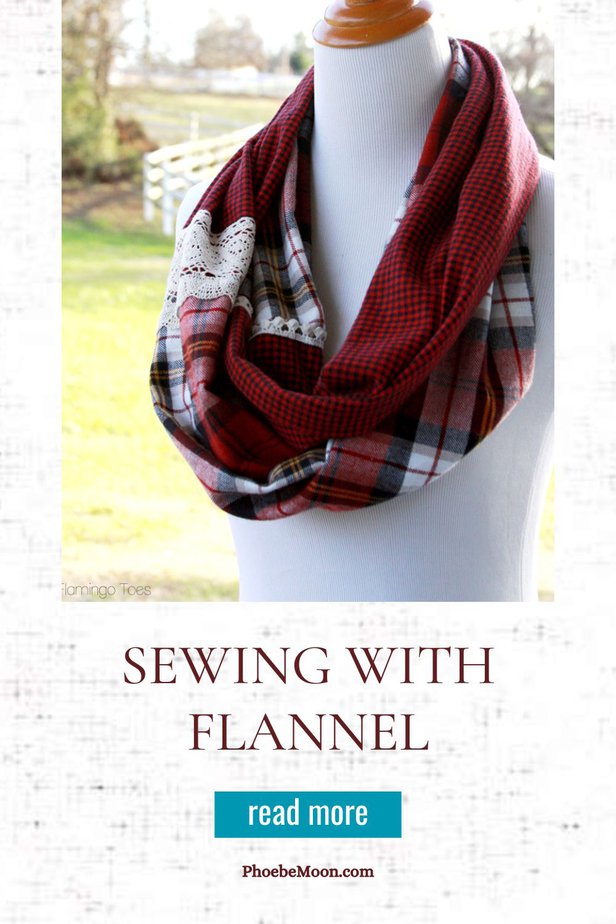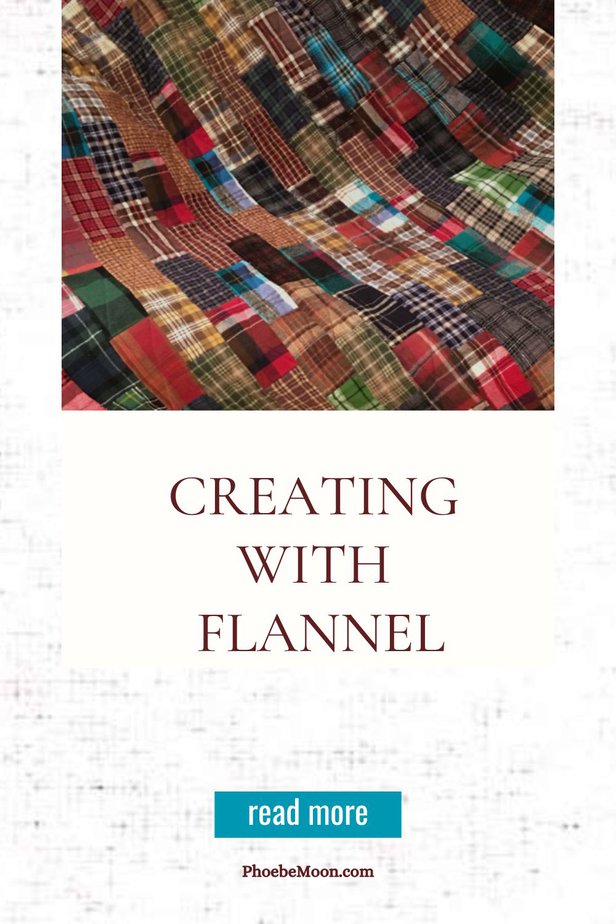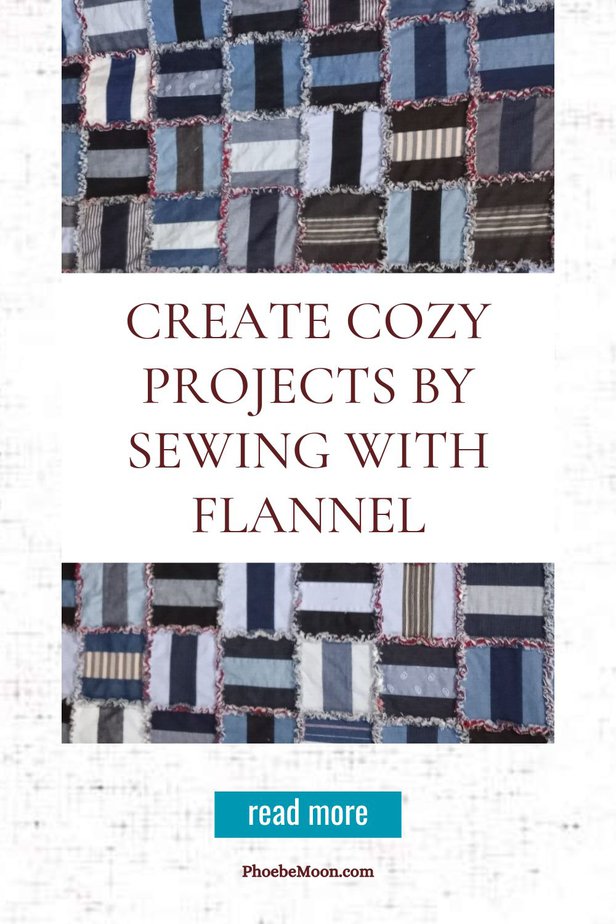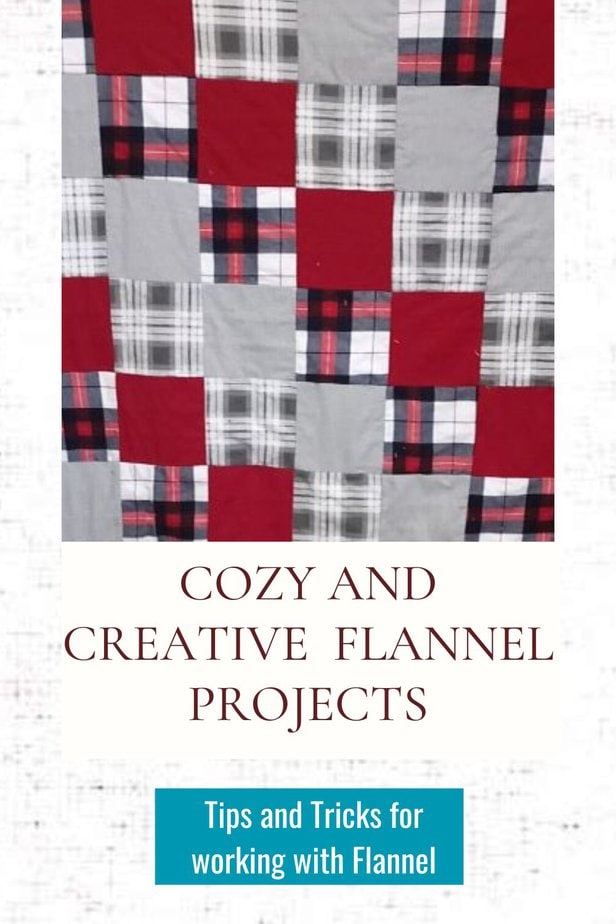*This post MAY contain affiliate links. That means that if you make a purchase after clicking on a link I may earn a small commission at no extra cost to you. I don’t ever recommend something that I don’t use myself. Not all links are affiliate links. For more information, see our Privacy Policy.
How to Sew with Minky
Here are some Tips and Tricks for sewing with Minky.
What is Minky?
Minky is a microfiber fabric or plush fabric, known by several trade names such as Minky, Cuddle or Floofy. It is a ultra-soft synthetic fabric made from 100% polyester fibers that are hypo allergenic. As a single-sided fabric it is extremely soft and silky on one side. Because it is a synthetic fabric, it is not breathable but is great for keeping warm in the winter. It is ideal for soft and cuddly blankets, throw pillows, toys, and quilt backing.
Minky has a “nap” or directionality that you can feel by brushing your hand across it. When choosing patterns, be sure to take this nap into account. Part of what makes it so soft is that it stretches both length and width. This can make it a challenge to sew. Adding to that challenge is the fact that the fabric creates a lot of lint.
Prewashing
Prewashing is not necessary, as Minky doesn’t shrink. I suggest that you prewash and press any non-Minky fabric that you will be sewing to Minky, however. If you want to wash the item you are making after it is completed, use cool water and gentle, dye-free, and fragrance-free detergent but no fabric softener.
It can be dried in the dryer on low or no heat, with a small towel to help the nap get fluffy and reduce static. Don’t use dryer sheets. Dry on low heat for about 10 minutes, then hang dry. Do not throw it in the general wash. You don’t want your fabric to collect fibers from other clothing or to get tangled with other things in the wash. Do not use heat when washing or drying.
Pressing – Don’t do it!
You should not press Minky as it might melt or loose any dimensional design when heat is applied. Having said that, sometimes you might want to use a stabilizer like lightweight fusible interfacing on the back of each piece to control the stretch. Adhere that gently using a cool iron and a pressing cloth. Consider using Glad Press N Seal instead. That will adhere to the back of the fabric with just the pressure of your hand. You can sew through it and remove it later.
Choosing Your Pattern
Large pattern pieces work better with Minky as you will handle them less. Note that some patterns have a 1/ 2″ seam allowance when sewing Minky pieces together. You can always cut that back to 1/4″ after it is sewn. If you’re cutting appliqué pieces, adhere the fusible first using a light touch with the iron and a pressing cloth. Mark the fusible, then snip through the backing only using scissors.
Cutting (and Cleaning)
Be mindful of the direction of the nap when cutting your fabric. For example, if you are making a toy make sure all the pieces have the nap going in the same direction.
Minky fabrics tend to have a lot of fuzz along the cut edge. Use a new blade in your rotary cutter to keep this to a minimum. Resist the temptation to use the selvage. That has a tighter weave and may cause problems when you sew with it. Clean your cutting area right after cutting by using a lint roller or a damp washcloth. Give the fabric a good shake outside to shake loose any stray threads.
If you are sewing Minky to a stable fabric like cotton or flannel, cut that fabric to the correct size first. Then cut the Minky slightly larger. After seams are finished you can cut off the extra fabric.
Prepare Your Sewing Machine for the Journey Ahead
Start by oiling and cleaning your machine and sewing area. Keep a lint roller and/or a small vacuum nearby to clean up the inevitable fuzz as you sew. You can keep the fuzz to a minimum by using low-lint polyester thread and a #90/14 topstitch or stretch needle. The Topstitch needle style has a longer eye and deeper groove that give the top thread more room, resulting in less stress and tension.
You could also try a stretch needle to help prevent skipped stitches. The end is rounded and not quite as sharp as a universal needle, and the scarf (where the thread goes through) is larger, which allows it to go through the fabric easier.
Install your walking foot if you have one. A walking foot has feed dogs on the presser foot, allowing both the top and bottom layers of fabric to be grabbed and pulled along at the same rate. If not, plan on using lots of pins (truthfully, you will anyway) with a clear or ball roller presser foot. You may want to experiment with a tiny zig zag stitch, or an overcast stitch, so a straight stitch foot will not work.
Lengthen your stitch slightly. 3.5mm is a good number, but you might want to experiment with that as well. Decrease the presser foot pressure on your machine to prevent stretching the top layer of fabric.
Sewing (and Cleaning)
Minky behaves best when pins are placed 1-1.5″ apart. Use extra-long flat pins to secure layers together, taking care to pin the ends. Be sure to remove pins as you sew. You can also combine pins with small, specially designed fabric clips, like Wonder Clips.
Remember, this fabric stretches while you sew. If you are sewing Minky to cotton, the cotton fabrics will help to stabilize the stretch. Piece cottons on top and Minky fabrics on the bottom whenever possible. This puts the Minky against the feed dogs, which helps keep it moving evenly under the needle.
Help Desk
If you have problems while sewing, go back to the beginning. Clean your machine. Take the thread out of your machine. Remember to cut the thread on top and pull the leftover thread through the needle to avoid damaging the eye. You might want to change the needle anyway.
Rethread the machine, both on top and in the bobbin. Did that help? If not, consider changing your thread, your stitch length, the pressure on the foot. Are you using enough pins? You could always try stabilizing the edges of the cut Minky with 1/4″ tape or strips of Press N Seal.
Have another tip to offer? Send it to me or reply below and I will add it here.
Don’t forget to sign up for the newsletter! Once a week, I send updates on quilt-related information I have found while wandering the web. This might be an inspiring article, a tip or tutorial I have discovered (or written), and occasionally exclusive offers & discounts as well as immediate access to the secret page of free patterns, guides, and printables. You can follow my page on Facebook, or join the Make Believe Quilters group, too.
